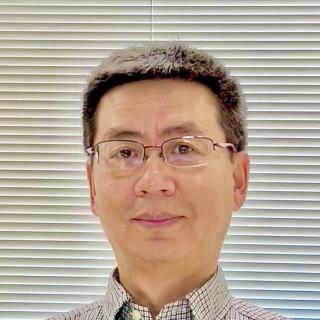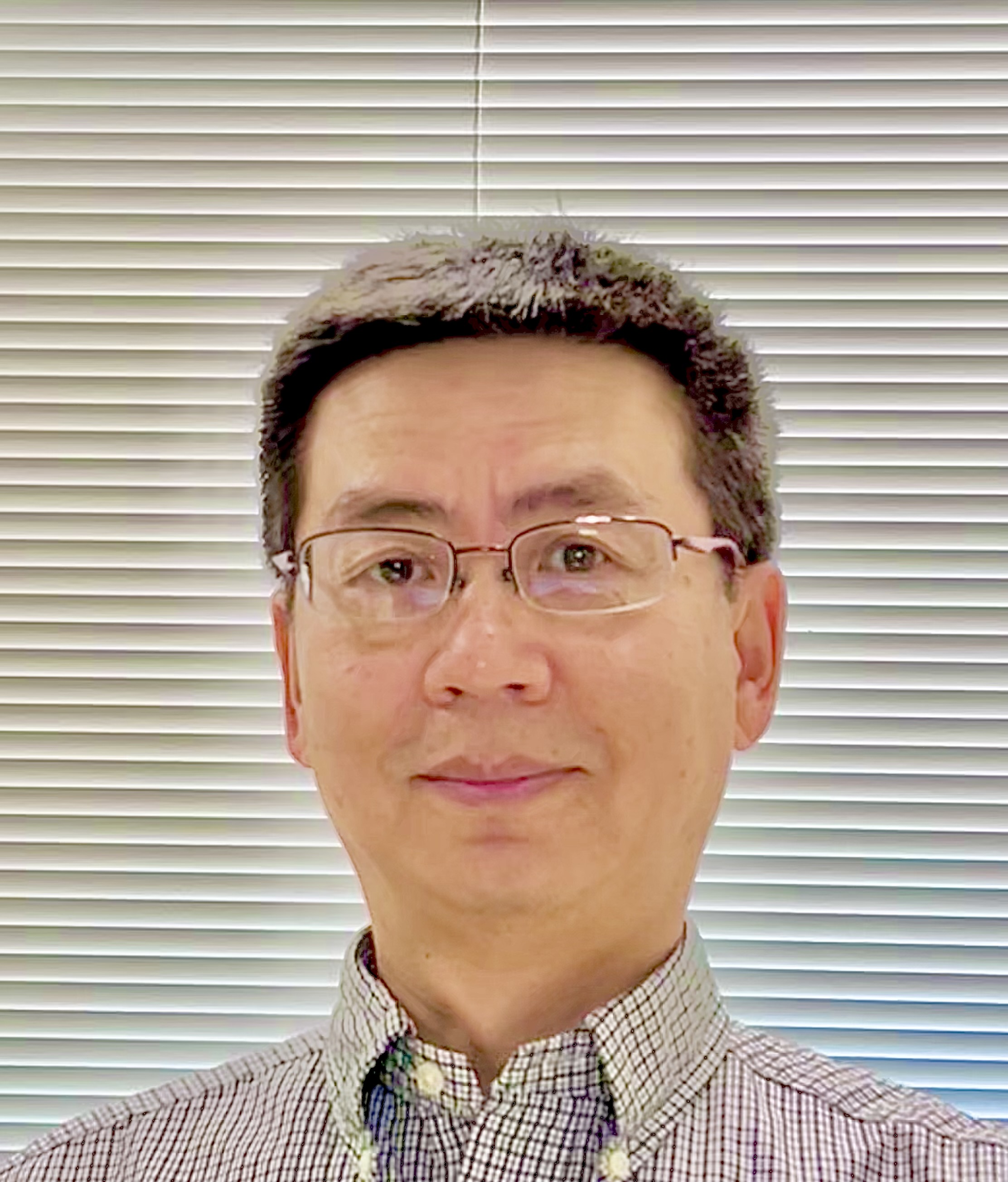
Yawen Bai, Ph.D.
- Center for Cancer Research
- National Cancer Institute
- Building 37, Room 6114E
- Bethesda, MD 20892-4260
- 240-760-7545
- baiyaw@mail.nih.gov
RESEARCH SUMMARY
Dr. Bai’s group is interested in understanding the basic principles that control the dynamic folding/unfolding processes of protein and chromatin using biophysical approaches. The failure of proteins to properly fold can impact their biological activity, while the folding and compaction of DNA are critical for the regulation of gene expression and cell function. Defects in either of these processes can contribute to the development of many diseases, including cancer. Thus, an understanding of their folding mechanisms is critical for the advancement of cancer research, and for the discovery of potential treatment options. Dr. Bai pioneered the native-state hydrogen exchange approach for revealing partially unfolded states of proteins. The recent studies in his group have focused on chromatin structure and dynamics using methyl-based NMR and Cryo-EM methods, which have resulted in structural insights into several important proteins in complex with the nucleosome.
Areas of Expertise

Yawen Bai, Ph.D.
Research
Our long-term goal is to understand how DNA molecules in eukaryotic cells are folded to form various structures of chromatin, which is critical for the regulation of gene expression and cell function. The DNA molecules in eukaryotic cells are extremely long polymers that must be folded to more compact forms to fit within the small cell nucleus. Several small positively charged proteins called histones help DNA fold. Core histones (H2A, H2B, H3, and H4) and DNA first form nucleosomes, the repeating structural unit of chromatin. Each nucleosome core particle contains two copies of each of the four core histones around which ~146 base pairs of DNA are wrapped. In higher-order eukaryotes, the repeating unit of chromatin is the chromatosome, which consists of one linker histone (H1) bound to the linker DNA region of the nucleosome. Linker histones are responsible for the formation of more compact higher-order structures of chromatin and there are 11 linker histone variants in humans. In addition, the dynamic folding/unfolding processes of chromatin are regulated by many non-histone proteins including histone chaperones, chromatin remodeling enzymes, histone modification enzymes, pioneer transcription factors, and kinetochore proteins, etc. They play important roles in the regulation of cell function. We use multiple biophysical techniques (NMR, X-ray crystallography, Cryo-EM, ITC, and FRET, etc.) to investigate the structures and dynamics of (i) the recognition between histones and their chaperones, (ii) the interactions between nucleosomes and nucleosome-binding proteins, (iii) chromatosomes, and (iv) nucleosome arrays.
Publications
Distinct Structures and Dynamics of Chromatosomes with Different Human Linker Histone Isoforms
Structural and dynamic mechanisms of CBF3-guided centromeric nucleosome formation
Structural mechanisms of centromeric nucleosome recognition by the kinetochore protein CENP-N
Emerging roles of linker histones in regulating chromatin structure and function
A conserved mechanism for centromeric nucleosome recognition by centromere protein CENP-C
Biography

Yawen Bai, Ph.D.
Dr. Yawen Bai received his Ph.D. in biophysics from the University of Pennsylvania Medical School in 1994. He did his Ph.D. work in Walter Englander's lab, where he developed the native-state hydrogen exchange method to detect partially unfolded states of proteins. He completed his postdoctoral training in Peter Wright's lab at the Scripps Research Institute, where he studied protein folding using multi-dimensional NMR methods. He joined the Laboratory of Biochemistry of NCI as an independent investigator in 1997.
Job Vacancies
We have no open positions in our group at this time, please check back later.
To see all available positions at CCR, take a look at our Careers page. You can also subscribe to receive CCR's latest job and training opportunities in your inbox.
Team
News
Learn more about CCR research advances, new discoveries and more
on our news section.
